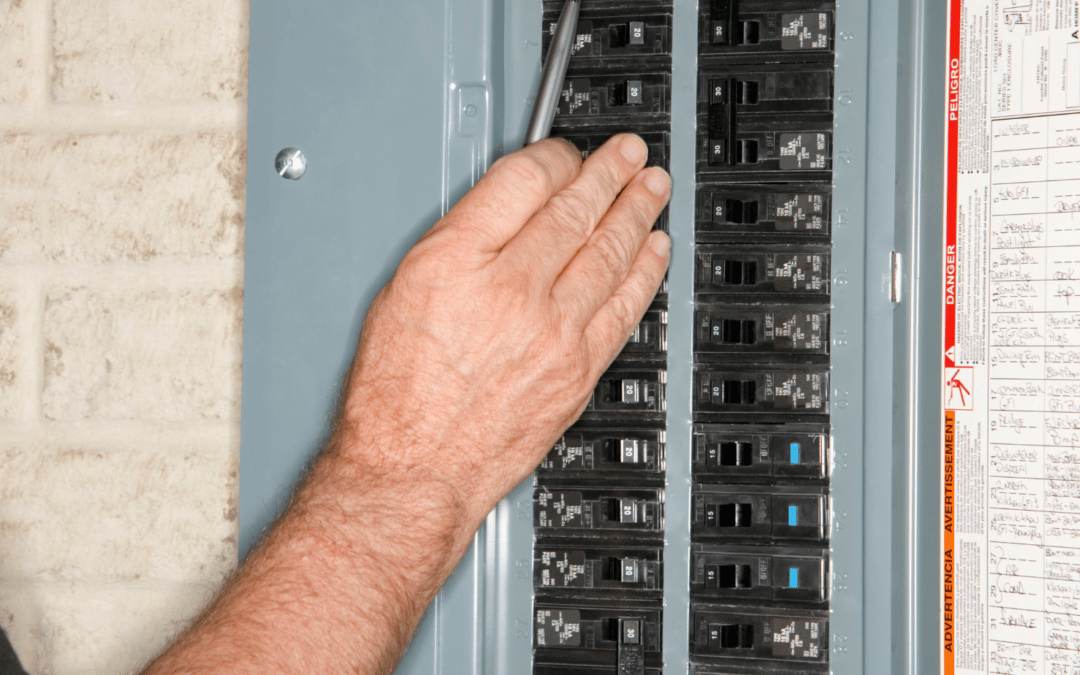Maintain seamless compliance through specialized regulatory compliance assistance.
Wiki Article
Leading Tips for Effective Electric System Troubleshooting
Troubleshooting electrical systems needs a methodical method, grounded in a thorough understanding of electric concepts and safety and security procedures. By acquainting oneself with circuit elements, utilizing vital devices, and sticking to a structured assessment technique, experts can effectively identify and resolve concerns. However, the subtleties of effective fixing expand beyond plain technological understanding; comprehending how to record searchings for and focus on security can dramatically influence end results. As we explore these important elements additionally, it comes to be clear that understanding this process is not just helpful however important for success in the field.Understand the Basics
Understanding the fundamentals of electric systems is necessary for reliable troubleshooting, as a strong foundation enables service technicians to detect and resolve issues more successfully. A thorough understanding of electric principles, such as voltage, present, resistance, and power, is vital in determining the source of problems. Voltage is the electric prospective distinction that drives current via a circuit, while resistance opposes the circulation of current, affecting the overall performance of the system.Familiarity with circuit elements, consisting of resistors, capacitors, diodes, and switches over, is likewise paramount. Each part plays an unique role in circuit actions and can affect efficiency when malfunctioning. Furthermore, understanding collection and parallel circuit setups is vital, as these plans influence the circulation of voltage and current within the system.
Technicians need to be mindful of prospective risks, such as shock and brief circuits, to execute risk-free troubleshooting methods. By understanding these fundamental principles, technicians improve their capacity to perform effective diagnostics and repairs, ultimately leading to enhanced performance and integrity of electrical systems (electrical system troubleshooting).
Gather Necessary Equipment
Efficient troubleshooting of electrical systems requires the appropriate collection of tools to diagnose and settle concerns precisely. Necessary tools consist of a multimeter, which determines voltage, current, and resistance, permitting for exact examinations of electrical components.In addition, insulated hand devices such as screwdrivers, pliers, and cable strippers are critical for safely manipulating electric links. It is likewise advisable to have a circuit tester accessible to confirm the visibility of voltage in electrical outlets and cables. For more complicated systems, a thermal imaging camera can aid discover overheating components, suggesting prospective failures.

Adhere To a Systematic Technique
Having actually collected the ideal devices, the following action in troubleshooting electric systems is to adhere to an organized approach. A systematic strategy ensures that specialists can identify mistakes successfully and properly, decreasing downtime and preventing unnecessary repairs.Begin by over at this website evaluating the system's schematic diagrams and specifications. Understanding the style and functional parameters will certainly give context for detecting issues. Next off, separate the trouble location by utilizing a procedure of removal. This includes checking each component methodically, beginning from the source of power and working towards the lots.
Make use of screening tools, such as multimeters and oscilloscopes, to collect unbiased data about voltage, existing, and resistance at different points within the system. This empirical proof will guide your troubleshooting efforts and help to confirm or remove prospective root causes of failing.
Furthermore, consider environmental variables web link that may affect the system's efficiency, such as temperature changes or moisture access. An extensive inspection of circuitry, connections, and parts will ensure that all opportunities are represented.
Document Your Searchings For
Detailed documentation is essential in the troubleshooting procedure of electrical systems. This technique not just aids in recognizing the origin reason of the problem but likewise offers as a referral for future troubleshooting efforts.
Additionally, maintaining a log of components changed or repair services carried out is vital. This info supports inventory monitoring and can aid examine the longevity and reliability of details parts.
Eventually, the paperwork process need to be detailed yet concise, enabling very easy access and evaluation - electrical system troubleshooting. By prioritizing detailed documents, service technicians can create a valuable data base that not only help in existing troubleshooting however also encourages future maintenance initiatives, thus boosting general system reliability

Prioritize Security Measures
Acknowledging the inherent dangers connected with electric systems is crucial for making certain safety throughout troubleshooting. Electric shock, burns, and equipment damage are simply a few of the potential dangers that professionals deal with. Focusing on precaution is not just a legal commitment but also an ethical crucial that safeguards both the professional and the surrounding atmosphere.Prior to beginning any kind of troubleshooting task, service technicians need to don suitable individual safety equipment (PPE), including shielded handwear covers, safety glasses, and flame-resistant garments. Making certain that the workspace is dry and devoid of clutter can substantially lower the risk of accidents. It is essential to de-energize circuits before beginning any work, verifying that they are not live through the usage of a multimeter or voltage tester.
Developing clear interaction procedures with staff member is likewise crucial; this makes sure that everybody recognizes possible hazards and the condition of the electrical system being dealt with. Finally, having an emergency reaction plan in position can confirm invaluable in case of a case. By prioritizing safety actions, technicians can properly alleviate dangers and promote a much safer office.
Final Thought
Efficient electrical system repairing counts on a comprehensive understanding of basic concepts and a methodical method. By gathering crucial devices, adhering to organized assessment continue reading this techniques, and diligently recording searchings for, the fixing procedure becomes extra effective and dependable. Focusing on precaution guarantees the health of individuals entailed and the integrity of the electric system. Implementing these methods will enhance the fixing experience, leading to quicker resolutions and enhanced operational effectiveness in electric systems.Report this wiki page